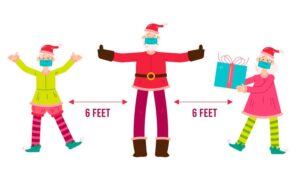In the context of Kaspa, when a block isn’t accepted by the network, it indicates that the block failed to meet certain validation criteria necessary for inclusion in the blockchain. The reasons for a block being rejected can vary, but some common causes include:
- Conflicting Transactions: If a block contains transactions that conflict with other blocks or previously validated transactions, it may be rejected to maintain the integrity of the network.
- Invalid Block Data: The block may contain invalid data, such as incorrect timestamps, faulty proofs, or other issues that prevent it from being accepted.
- Synchronization Issues: Sometimes, network synchronization problems can lead to blocks being rejected, especially if the block is created too quickly or out of sync with the rest of the network.
In such cases, the block is simply discarded, and miners may attempt to mine a new block that aligns with the network’s rules and requirements.




